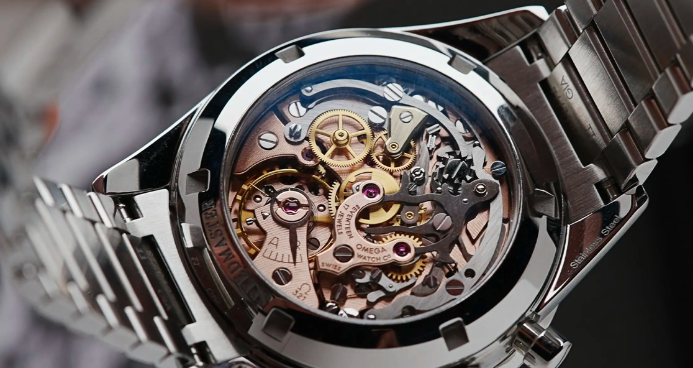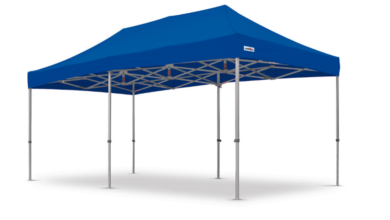How to Start a Watch Brand: A Detailed Step-by-Step Guide

Starting a watch brand is an ambitious venture that combines design innovation, strategic planning, and effective execution. In a competitive market with diverse consumer preferences, launching a successful watch brand requires careful consideration of various elements. This guide provides a thorough overview of the essential steps to establish and grow your watch brand.
1. Conduct In-Depth Market Research
Understanding the market is crucial for positioning your watch brand effectively. Comprehensive market research will guide your strategy and help you identify opportunities.
Industry Insights: Examine the current state of the watch industry, including market trends, growth projections, and emerging technologies. Identify popular styles, materials, and price points.
Target Audience: Define your target market. Are you focusing on luxury collectors, fashion-forward individuals, or tech enthusiasts interested in smartwatches? Understanding your audience will shape your product development and marketing strategies.
Competitive Landscape: Analyze existing watch brands and their market positioning. Study their product lines, pricing strategies, marketing tactics, and customer feedback to identify gaps and opportunities for differentiation.
2. Develop a Comprehensive Business Plan
A well-defined business plan is essential for guiding your brand’s development and securing funding.
Brand Vision and Mission: Clearly articulate your brand’s vision and mission. What unique value will your watch brand offer? Define your brand’s core values and the message you want to communicate.
Business Model: Choose a business model that aligns with your goals. Will you manufacture in-house, partner with a production facility, or use a dropshipping approach? Each model has different implications for cost, quality control, and scalability.
Financial Planning: Create a financial plan outlining startup costs, production expenses, pricing strategies, and revenue projections. This plan will help you manage your budget and forecast profitability.
3. Design Your Watches
The design phase is where your brand’s identity begins to take shape. Your watch designs should reflect your brand’s ethos and appeal to your target market.
Concept Development: Start with initial sketches and design concepts. Focus on aesthetics, functionality, and unique features that will set your watches apart.
Prototyping: Develop prototypes to test and refine your designs. This phase allows you to assess the functionality, durability, and visual appeal of your timepieces.
Material Selection: Choose materials that align with your brand’s positioning. Whether using high-end metals for luxury watches or durable materials for sports watches, material choice impacts both the look and longevity of your timepieces.
4. Establish Manufacturing and Supply Chain
Effective manufacturing and supply chain management are critical for producing high-quality watches and delivering them on time.
Read also: Dubai Decoded: Fast-Track Your Business Setup and Seize New Opportunities
Finding Manufacturers: Identify and partner with reputable manufacturers. Look for those with experience in watchmaking and a history of delivering quality products. Evaluate their production capabilities, cost structures, and lead times.
Quality Control: Implement rigorous quality control measures to ensure that each watch meets your standards. Regularly inspect production processes and finished products for accuracy and craftsmanship.
Supply Chain Management: Build a reliable supply chain to manage material procurement and inventory. Establish strong relationships with suppliers and develop contingency plans to address potential disruptions.
5. Build a Strong Brand Identity
Creating a compelling brand identity helps differentiate your watch brand from competitors and build consumer trust.
Brand Name and Logo: Choose a distinctive brand name and design a memorable logo. Your brand name should be easy to remember and reflect the essence of your brand.
Brand Story: Develop a captivating brand story that resonates with your audience. Share the inspiration behind your brand and the journey of creating your watches.
Marketing Strategy: Craft a comprehensive marketing strategy that includes digital marketing, social media, influencer partnerships, and traditional advertising. Tailor your approach to your target audience and focus on building brand awareness.
6. Plan Your Launch
A well-executed launch can set the stage for your brand’s success. Plan your launch activities to create excitement and attract customers.
Pre-Launch Activities: Generate buzz before the official launch with teaser campaigns, social media promotions, and email newsletters. Offer exclusive previews or pre-orders to build anticipation.
Launch Event: Organize a launch event to showcase your watches. This could be an in-person event, such as a launch party or trade show, or a virtual event with live-streamed presentations and product demonstrations.
Sales Channels: Set up your sales channels, including an e-commerce website and retail partnerships. Ensure your online store is user-friendly, secure, and optimized for a smooth shopping experience.
7. Focus on Growth and Expansion
After the initial launch, concentrate on expanding your brand’s reach and growing your market presence.
Product Line Expansion: Introduce new designs and collections based on customer feedback and market trends. Diversify your product offerings to attract different customer segments.
Market Expansion: Explore opportunities to enter new markets, both domestically and internationally. Adapt your marketing and distribution strategies to cater to different regions and consumer preferences.
Customer Engagement: Invest in exceptional customer service and build strong relationships with your clients. Provide support, gather feedback, and address concerns promptly to foster loyalty and encourage repeat business.
8. Address Challenges
Starting and running a watch brand comes with its own set of challenges. Being prepared to tackle these obstacles will help you achieve long-term success.
Competitive Pressure: The watch industry is highly competitive. Stay ahead by continuously innovating and differentiating your brand from competitors.
Economic Variability: Economic fluctuations can impact consumer spending. Diversify your product offerings and adjust your pricing strategies to manage financial risks.
Supply Chain Disruptions: Disruptions in the supply chain can affect production and delivery. Build resilient relationships with suppliers and have contingency plans in place to minimize disruptions.
Conclusion
Starting a watch brand involves a combination How to start a watch brand of strategic planning, creative design, and effective execution. By conducting thorough market research, developing a detailed business plan, creating unique watch designs, and building a strong brand identity, you can successfully launch and grow your watch brand. Focus on delivering high-quality products, exceptional customer experiences, and adapting to market changes to make a lasting impact in the industry.
With dedication and a clear vision, your watch brand can thrive and capture the attention of timepiece enthusiasts around the world.




